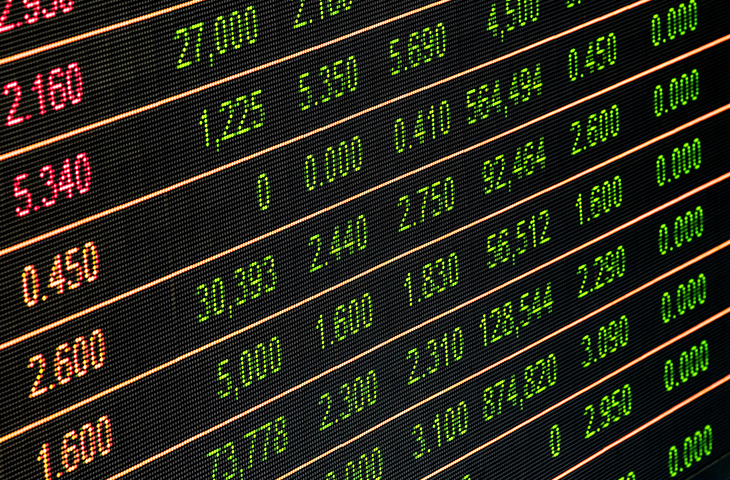New

How Ai Generated Imagery Is Changing The Fashion Industry

The rapidly transforming creative landscape across industries and fashion trend forecasting has undergone drastic reshaping due to the evolution of artificial intelligence (AI). AI-generated imagery is becoming an essential tool in concept development, offering powerful new ways to visualise fashion. Instead of relying on physical samples or photographs, designers can now explore ideas like “ a holographic trench coat with feathered sleeves inspired by lunar landscapes” in seconds.
Emerging colour palettes and industry movements into vivid, illustrative imagery, and AI-generated visuals are becoming essential tools in trend forecasting, bridging the gap between data and design. These visuals serve as springboards for innovation, encouraging designers and brands to explore possibilities beyond the current landscape. AI helps forecast future directions with clarity and creativity. Rather than replacing traditional forecasting methods. AI enhances them, transforming abstract insights into compelling visuals that improve comprehension, spark ideation, and align teams around a shared vision of what’s next.
The modified creative process with the involvement of AI-generated imagery has allowed designers to visualise concepts quickly using text prompts. Tools enable users to describe imaginative ideas, such as textures, silhouettes, or futuristic styles and instantly generate visual interpretations. This method empowers designers to explore a wide range of aesthetic possibilities without the time or cost of a physical prototype. While AI imagery is still evolving, the increase in its accuracy, speed, and adaptability makes it a powerful resource for moodboarding and conceptual development, bringing creative vision to life.
AI-generated visuals serve as a powerful universal language that bridges communication gaps between design, marketing, merchandising and production terms. AI-generated images enrich client presentations by offering tailored, dynamic visuals that vividly represent specific trends, replacing vague descriptions and complex sketches and avoiding miscommunication. This clarity streamlines decision-making and enhances collaboration across diverse and global teams. This leads to an immersive experience for stakeholders to grasp the future possibilities more effectively. Making AI imagery an invaluable tool for driving innovation across the fashion industry.
Social media has a great influence on AI-generated content, which often causes visual fatigue, making audiences barely responsive. To address this issue, brands should prioritise quality over quantity by carefully selecting AI visuals that tell a clear, meaningful story. AI is used to enhance human creativity rather than replace it, maintaining authenticity and originality at the heart of all creative outputs, which inspires and engages audiences.
Future trends point to AI imagery integrating closely with other technologies to transform fashion. Augmented and Virtual Reality (AR/VR) will create immersive experiences like virtual fashion shows and try-ons featuring AI-designed looks. Generative design paired with 3D printing will enable a smooth transition from digital concepts to physical garments and accessories. Additionally, combining AI visuals with consumer data will drive personalised trends and products tailored to individual preferences on a large scale. These advancements will foster a more connected, innovative, and agile fashion industry ecosystem.
AI in representing fashion isn’t a fad, it’s a foundation shift. Brands are advised to start developing skills in AI prompting, various tools, and integrate AI imagery into their concept, for brands to stay ahead and develop their business in fashion. AI will enable faster, more sustainable cycles from idea to market, helping brands innovate with greater precision and purpose. The future of fashion lies in blending human creativity with machine-generated inspirations. Ethical use and creativity remain essential as AI integrates with emerging technologies. It is necessary for the fashion industry to embrace AI as a complementary tool to lead a more responsive and responsible future in fashion.
The article is authored by Sherin MJ, an intern from Loyala Academy, Hyderabad


